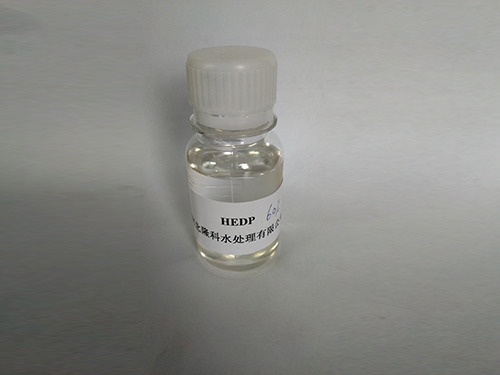Flocculation Techniques for Effective Water Purification Processes and Strategies
Flocculation in Water Purification A Key Process for Clean Water
Water is essential for life, yet the access to clean and safe drinking water remains a global challenge. Contaminated water can lead to serious health risks, including waterborne diseases, which claim millions of lives each year. One of the most effective methods for removing impurities and contaminants from water is through flocculation, a process that plays a crucial role in water purification systems.
Flocculation is the process by which fine particulates clump together into a larger mass, known as a floc. This process is generally initiated by the addition of a flocculating agent, which can be a chemical or a natural substance that encourages the aggregation of suspended solids. By enhancing the natural settling of these particles, flocculation significantly improves the efficiency of sedimentation, filtration, and ultimately, the quality of treated water.
The flocculation process can be broken down into several key stages
1. Coagulation This initial step involves the rapid mixing of water with a coagulant, such as aluminum sulfate or ferric chloride. Coagulants destabilize the particles in the water by neutralizing their negative charges, which is crucial to prevent them from repelling each other. This step often occurs in a rapid mixing tank.
2. Floc Formation Once the coagulant has been added, the water is subjected to gentle agitation. During this phase, the destabilized particles collide and bond together, forming larger aggregates or flocs. This step is critical, as the size and strength of the flocs will determine how effectively they can be removed from the water in subsequent processes.
3. Sedimentation After flocs have formed, the water flows into a sedimentation tank where gravitational forces allow the heavier flocs to settle at the bottom. This process can take several hours, depending on the size of the flocs and the design of the sedimentation basin. The settled material, known as sludge, can then be removed for further treatment or disposal.
flocculation in water purification

4. Filtration In many water treatment facilities, sedimentation is followed by filtration, where the remaining flocs and other particles are filtered out. Filtration systems can use various media, such as sand, gravel, or activated carbon, to remove remaining impurities and further clarify the water.
5. Disinfection Finally, the treated water may undergo disinfection processes, such as chlorination or UV treatment, to eliminate any remaining pathogens before it is distributed for public use.
The effectiveness of flocculation in water purification depends not only on the chemicals used but also on the physicochemical properties of the water being treated. Parameters such as pH, temperature, and the presence of other dissolved substances can influence both the coagulation and flocculation processes. Therefore, water treatment facilities often conduct thorough assessments to optimize the conditions for maximum floc formation and removal efficiency.
In addition to its critical role in municipal water treatment plants, flocculation is also applied in various industrial contexts, such as mining, paper production, and wastewater treatment. By effectively removing contaminants from process water, flocculation can lead to significant environmental benefits, including reduced pollution and the conservation of water resources.
As the global population continues to grow, the demand for clean water is expected to increase, making efficient water purification methods more important than ever. Flocculation, with its ability to remove a wide range of particles and contaminants, will remain a vital component of water treatment processes.
In conclusion, flocculation is a cornerstone technique in water purification that combines chemistry and engineering to address one of humanity's most pressing challenges access to clean water. By understanding and improving this process, we can ensure healthier communities and a sustainable future for our planet.
-
Water Treatment with Flocculant Water TreatmentNewsJun.12,2025
-
Polymaleic AnhydrideNewsJun.12,2025
-
Polyaspartic AcidNewsJun.12,2025
-
Enhance Industrial Processes with IsothiazolinonesNewsJun.12,2025
-
Enhance Industrial Processes with PBTCA SolutionsNewsJun.12,2025
-
Dodecyldimethylbenzylammonium Chloride SolutionsNewsJun.12,2025





